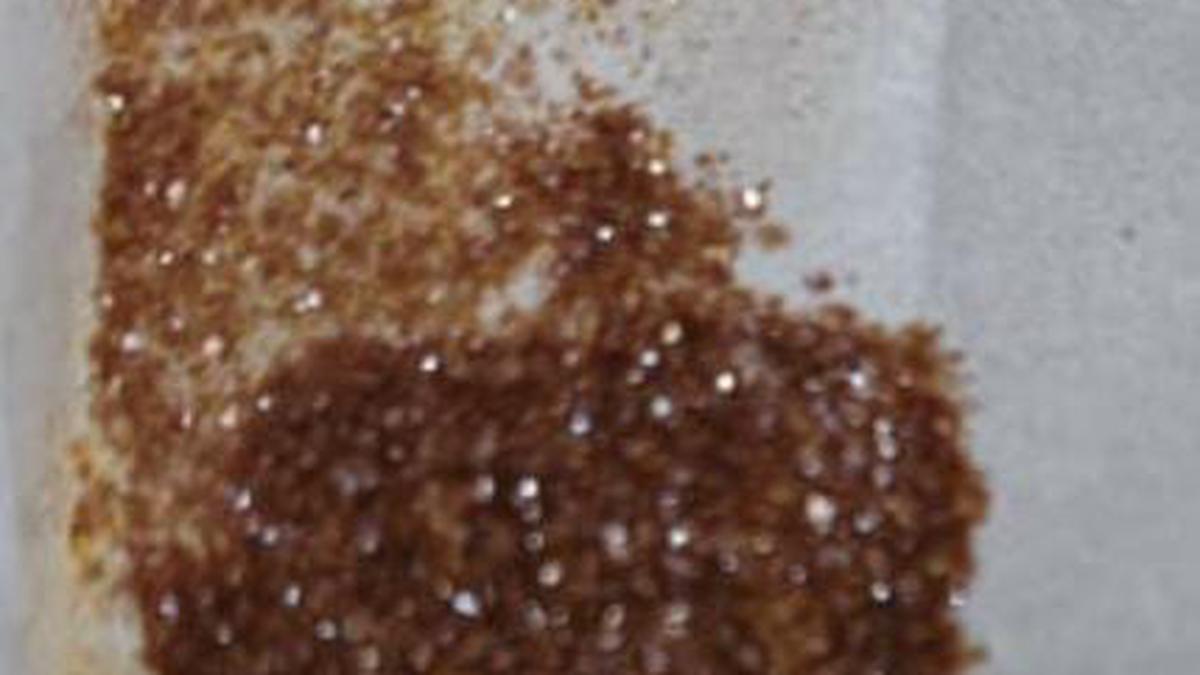
Kerala University researchers develop nanopowder to purify water without electricity
The Hindu
Kerala University researchers develop nanopowder for water purification using sunlight, adopting a 'green chemistry' approach.
Researchers of Kerala University have developed a nanopowder with water purification capability that uses only sunlight to power itself.
Notably, the team comprising researcher Nisha Chandran; R. Jayakrishnan, Associate Professor of Physics department, Kerala University; and Rani Abraham, Assistant Professor of Chemistry department, Christian College, Chengannur, adopted a ‘green chemistry’ approach to synthesise the material without producing any by-product that can be hazardous to the environment.
The research work, published in the peer-reviewed Journal of Sol-Gel Science and Technology, discovered that the size of the nanopores plays a critical role in controlling the speed of nanomaterials in purifying water. This occurs especially when the semiconductor Indium Sulphide is made in the form of nanopowder containing nanopores.
Attributing the discovery to interdisciplinary research, Dr. Jayakrishnan says, “I was aware that this material has nanopores when I had made thin films out of it as a PhD student in 2007. While I could not devise a way to functionalise it then, I now realise the wide array of opportunities associated with the material as I collaborate with my colleagues in other disciplines including Chemistry.”
Elaborating on their use of the green chemistry approach, the researchers claim to have synthesised the nanomaterial at temperatures below 80 degree Celsius. This ensured no fumes were expelled to the environment and that their chemical reaction did not produce any by-product that could be detrimental to the environment.
During the process of water purification, the contaminated water is exposed to direct sunlight for 2 to 3 hours continuously. The contaminants are absorbed by the nanomaterial at the end of the process.
The team could achieve 94% efficiency while purifying a water sample contaminated with Sulforhodamine B, a bio-refractory aromatic pollutant widely used as an assay for cancer testing. An efficiency of 92% was recorded during efforts made to purify water contaminated with dye molecules from the textile industry.

The Karnataka government has drafted a comprehensive master plan for the integrated development of Kukke Subrahmanya temple, the State’s highest revenue-generating temple managed by the Hindu Religious Institutions and Charitable Endowments Department. The redevelopment initiative is estimated to cost around ₹254 crore and aims to enhance infrastructure and facilities for devotees.












